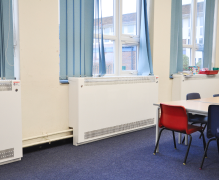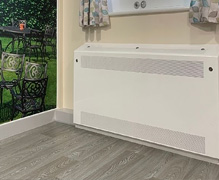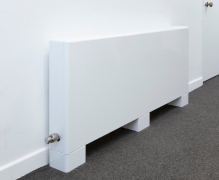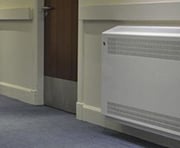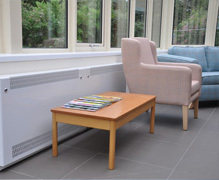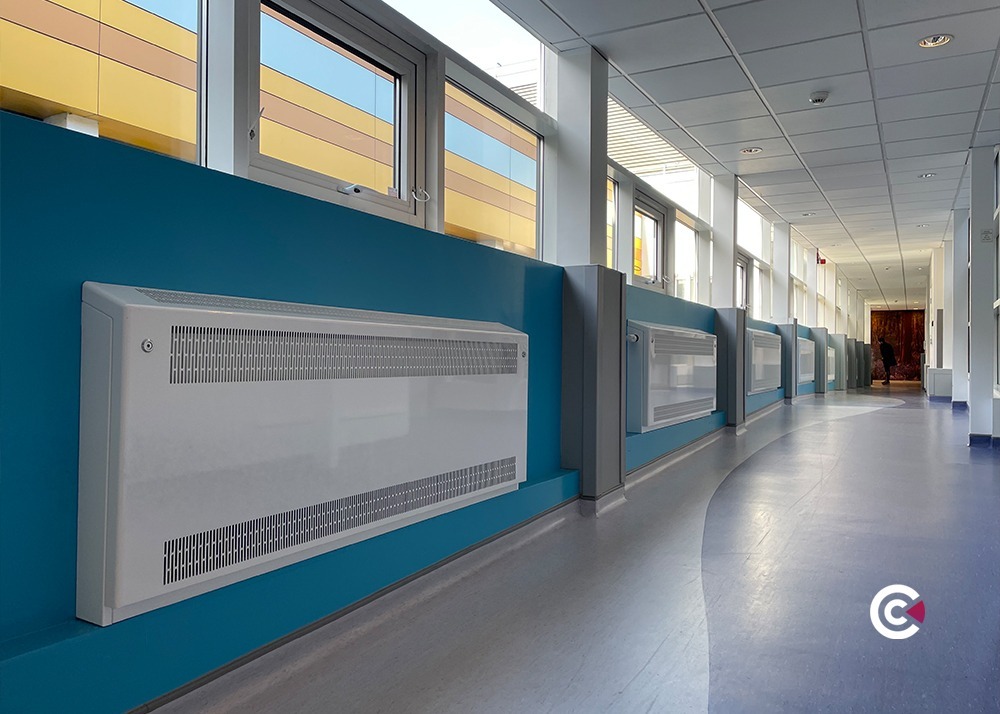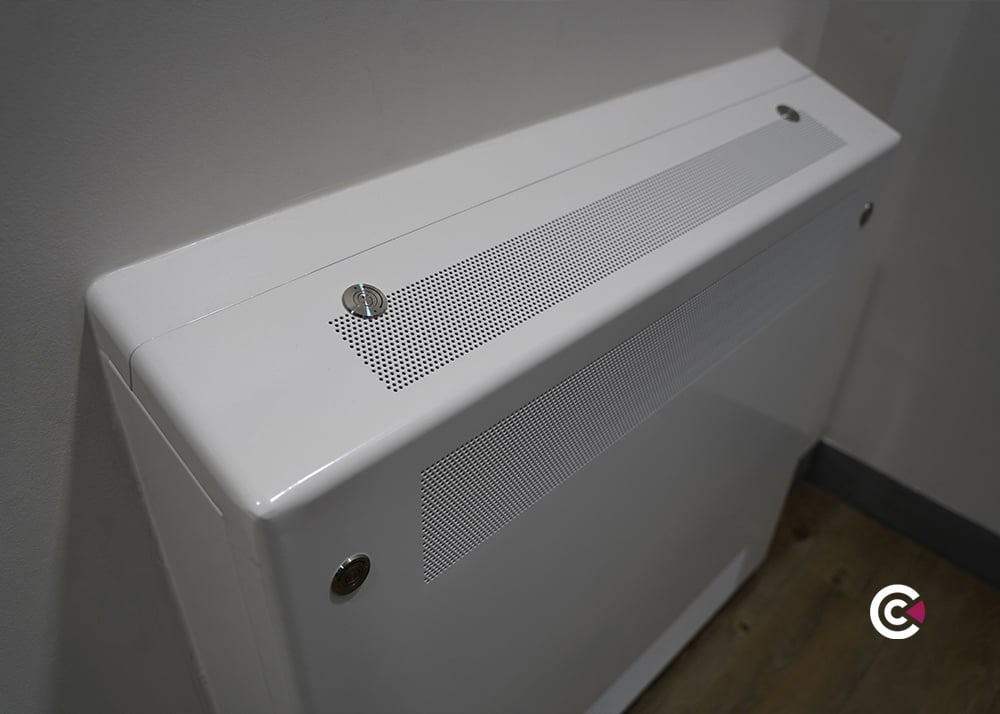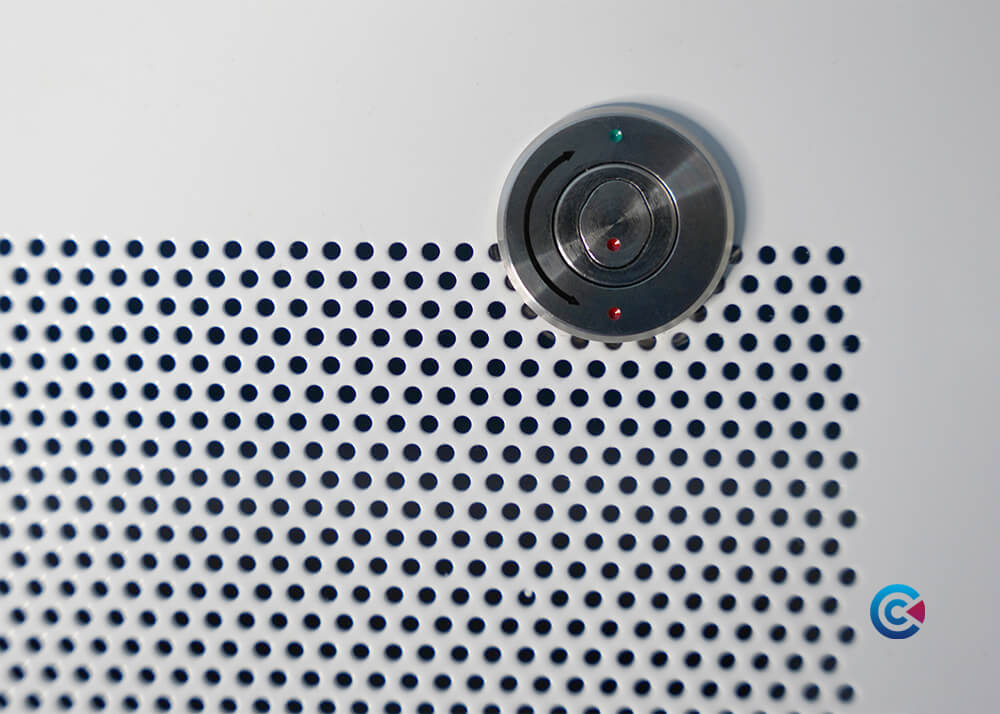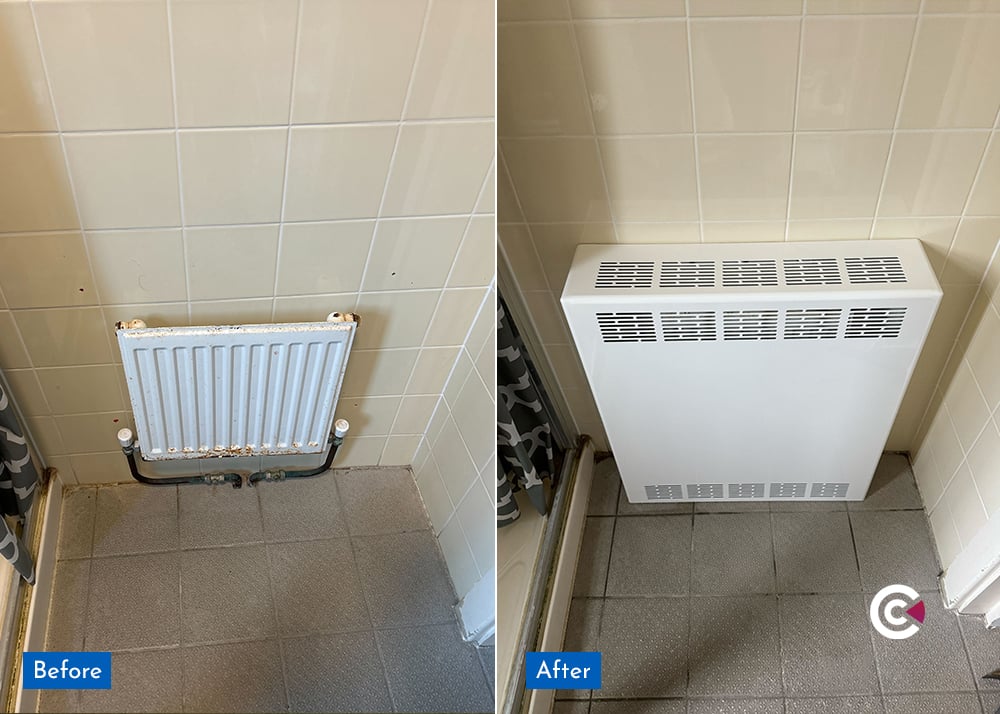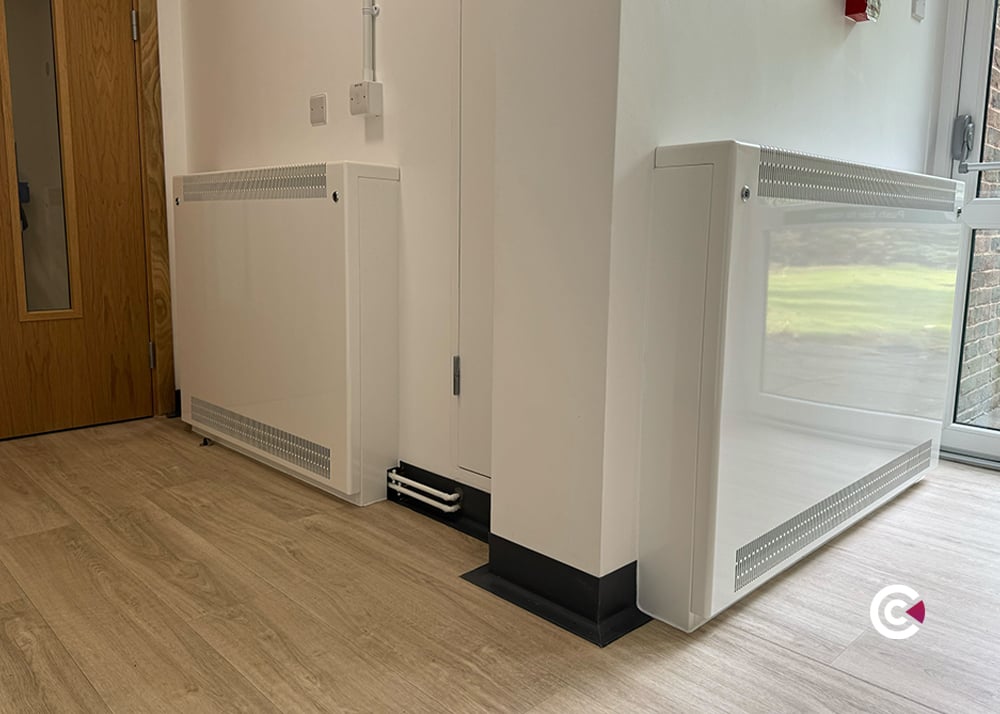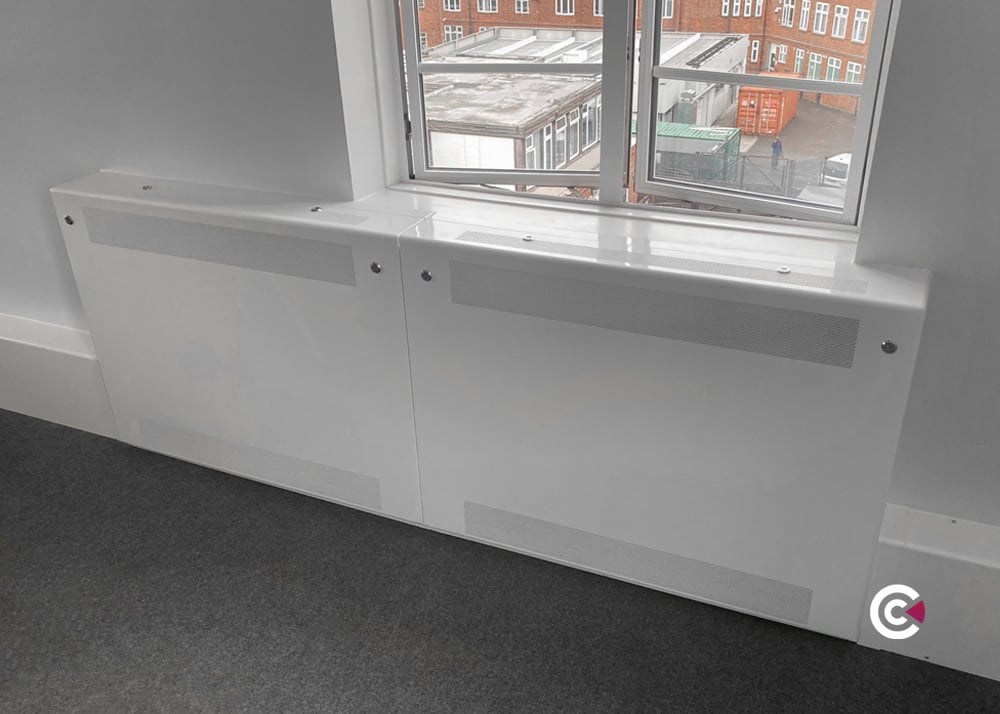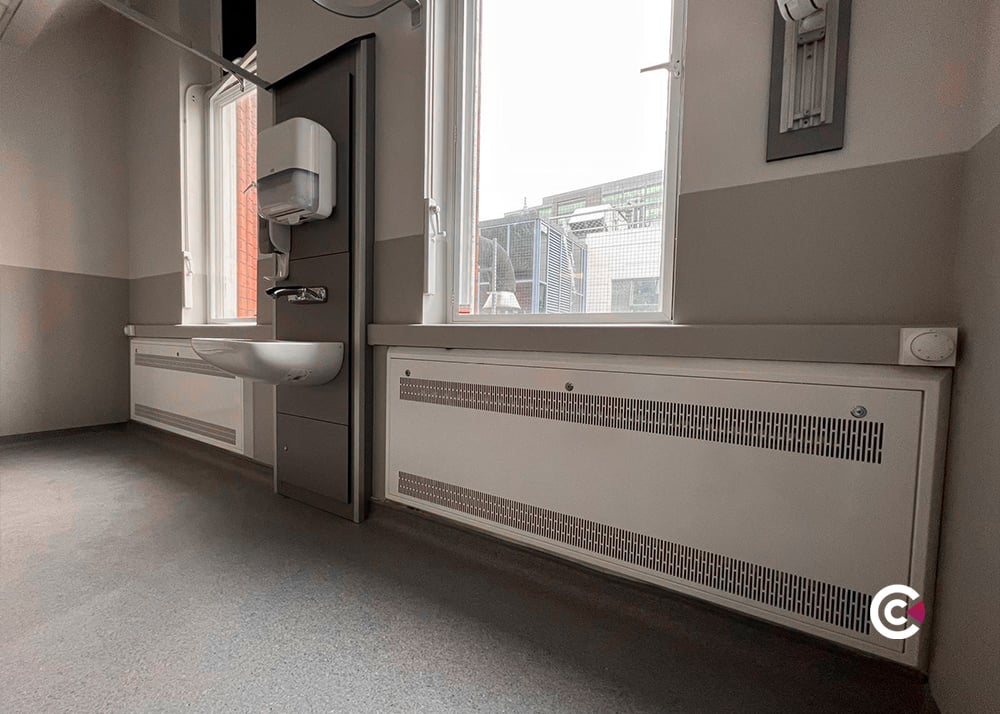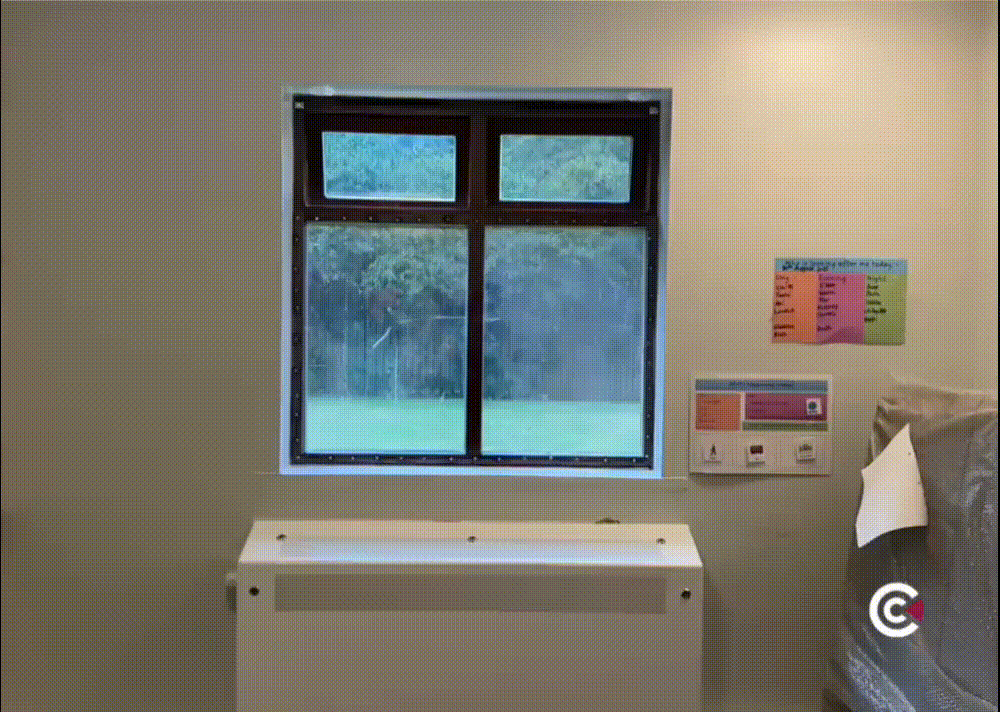As a Facilities or Estates Manager responsible for creating a safe and comfortable environment within NHS facilities, choosing the right heating solutions is paramount. This guide explores the benefits and considerations of integrating Low Surface Temperature (LST) radiators, shedding light on their role in ensuring both safety and efficiency.
What are LST Radiators?
In the realm of healthcare, where patient well-being is paramount, LST radiators emerge as a crucial element. LST radiators are specifically designed to maintain a low surface temperature, preventing accidental burns and ensuring a safe heating solution. In NHS facilities, catering to the needs of vulnerable individuals, these radiators play a pivotal role in creating a secure and comfortable environment.
Hospital Temperature Standards in the UK
Facilities managers navigating the intricate landscape of NHS standards for heating systems find a reliable ally in LST radiators. These radiators align seamlessly with the stringent regulations set by the NHS, ensuring not only compliance but also elevating patient safety standards. Adhering to these guidelines becomes synonymous with the adoption of LST radiators, solidifying their place as an integral component in healthcare settings.
In the context of UK hospital temperature standards, maintaining a precise environmental temperature is crucial. NHS guidelines recommend a temperature range of 19 to 23 degrees Celsius in healthcare facilities. This range aims to create an environment conducive to patient recovery and well-being. Straying from these prescribed temperatures can have profound consequences, impacting patient comfort, exacerbating medical conditions, and even compromising the effectiveness of certain medications.
Therefore, the integration of LST radiators not only ensures compliance with NHS regulations but also plays a vital role in upholding the optimal temperature standards essential for quality healthcare delivery.
Safety Features of LST Radiators
The crux of LST radiators lies in their safety features and thoughtful design. Engineered with a low surface temperature, these radiators eliminate the risk of burns, making them ideal for spaces where patients, staff, and visitors coexist.
The design considerations go beyond safety, contributing to an aesthetic appeal that integrates seamlessly into the healthcare environment while prioritising the well-being of all occupants.
Customisation Options for Hospital Radiators
Recognising the diversity of NHS facilities, LST radiators offer a spectrum of customisation options. Facilities managers can tailor these radiators to meet the unique needs and aesthetics of their specific environments. From varying sizes to a palette of colours and materials, the adaptability of LST radiators ensures they harmonise with the distinct characteristics of each NHS facility.
LST Radiator Sizes and Heating Efficiency
Navigating the landscape of energy efficiency in healthcare heating systems involves not only the consideration of technology but also the appropriate sizing of radiators. When selecting LST radiators, it's paramount for facilities managers to assess the specific heating requirements of each space. The right size radiator ensures that the heating output matches the needs of the room, maximising energy efficiency. Oversized radiators may lead to unnecessary energy consumption, while undersized ones might struggle to meet the heating demands, potentially compromising patient comfort. By conducting a thorough analysis of each area's heating needs, facilities managers can not only enhance energy efficiency but also optimise cost savings, making the integration of LST radiators an intelligent and eco-conscious investment.
The benefits of LST radiators extend beyond safety and customisation, delving into the realm of energy efficiency and cost savings. With their energy-efficient features, these radiators not only contribute to a greener environment but also lead to substantial cost savings over time. This dual advantage positions LST radiators as a prudent investment for facilities managers conscious of both environmental impact and budget considerations.
Durability and Maintenance
Durability is a key facet of any long-term investment, and LST radiators stand the test of time. Their robust construction ensures longevity, reducing the need for frequent replacements and minimising long-term costs.
Radiator guards have traditionally been basic, fixed units that make access difficult and time-consuming. Internal cleaning usually requires complete disassembly if the cover is made from multiple panels, or two people to remove the cover if it’s too big for one person and, in the case of hospitals or healthcare facilities, this usually requires extensive assistance from Facilities or Estates personnel.
Contour’s DeepClean design makes it possible for a single cleaning operative to access the internal and external surface of the radiator guard without any support from a Facilities or Estates department. This allows for full access for cleaning inside the radiator guard. This significantly improves cleaning efficiencies, helps reduce overheads and importantly raises hygiene standards.
Moreover, the ease of maintenance adds another layer of appeal, providing facilities managers with a hassle-free heating solution that stands resilient in the face of rigorous healthcare demands.
LST Radiator Installation Considerations
Navigating the installation process of heating solutions can be a complex task, especially in NHS facilities where continuity of operations is paramount. Contour’s LST radiators, however, offer facilities managers a streamlined installation experience. Insights into minimising disruption during installation empower facilities managers to integrate these radiators seamlessly, ensuring uninterrupted healthcare services.
Budgeting and Financing Options
As the financial custodian of NHS facilities, effective budgeting is a crucial aspect of facilities management. LST radiators not only present a sound investment in terms of safety and efficiency but also offer diverse budgeting and financing options. This section explores considerations for facilities managers, providing insights into budget planning and potential financing avenues for the adoption of LST radiators.
To request LST Radiator prices or LST Radiator Cover prices from Contour Heating, click this link.
LST Radiators for the NHS
In conclusion, this guide serves as a compass for Facilities and Estates Managers, navigating the intricate terrain of heating solutions within NHS facilities. By embracing the benefits of LST radiators, facilities managers can elevate patient safety, enhance operational efficiency, and make informed decisions that resonate with the unique requirements of healthcare environments.
FAQS
Do we hold stock?
No, everything is made to order but lead times are short at only 2 weeks. We supply bespoke manufactured guards to every project to reduce the time on site when it comes to installation.
How long does it take to survey, manufacture, and deliver radiator guards?
We have two dedicated surveyors and two more members of Contour staff who are backup surveyors so we should be able to get out to the site within the same week of a request. Quotes are turned around within 24 hours, then from receipt of the order lead time for manufacture is 10 working days. As for delivery, we offer next-day delivery service either by dedicated delivery or pallet network.
How long does it take to install the radiator guards?
All the contour design radiator guards have been designed to be easily installed on-site, so if cutouts are done at manufacture they can be installed in as little as 5 minutes per guard. The guards have pre-punched fixing holes and cutouts so it is just a matter of screwing them to the wall and sealing them with mastic.
Can we purchase radiator covers and pay for them now but take delivery of them at a later date?
Yes, we can issue vesting certificates which transfer the ownership of the product.
If they don’t have cutouts will the guards be made faster?
No, as they still have to go through the same process as the ones with cutouts. However, should the products be required urgently we can fast-track some orders depending on how much work is going through the shop floor, so it is always a good idea to contact the account manager looking after the deal to discuss this.
-1.png)


